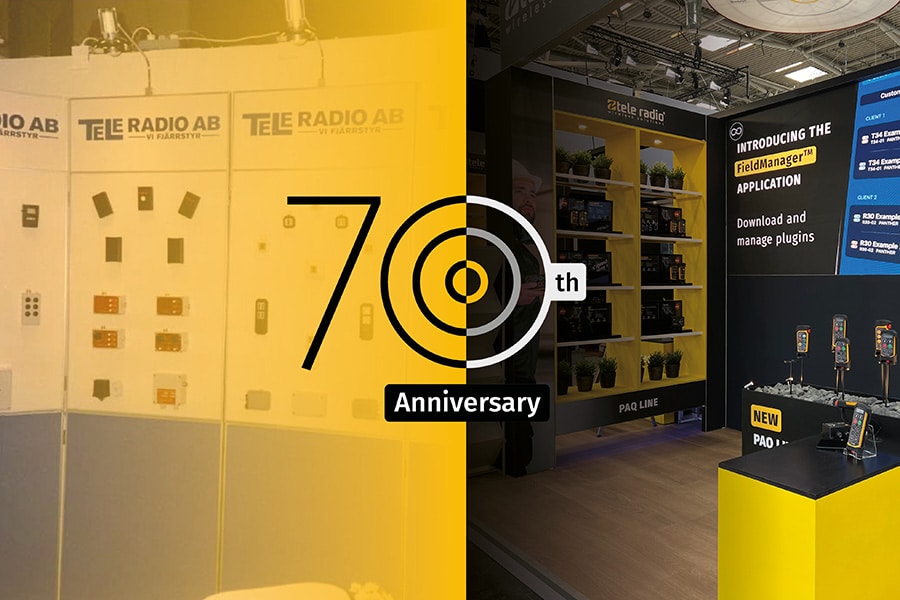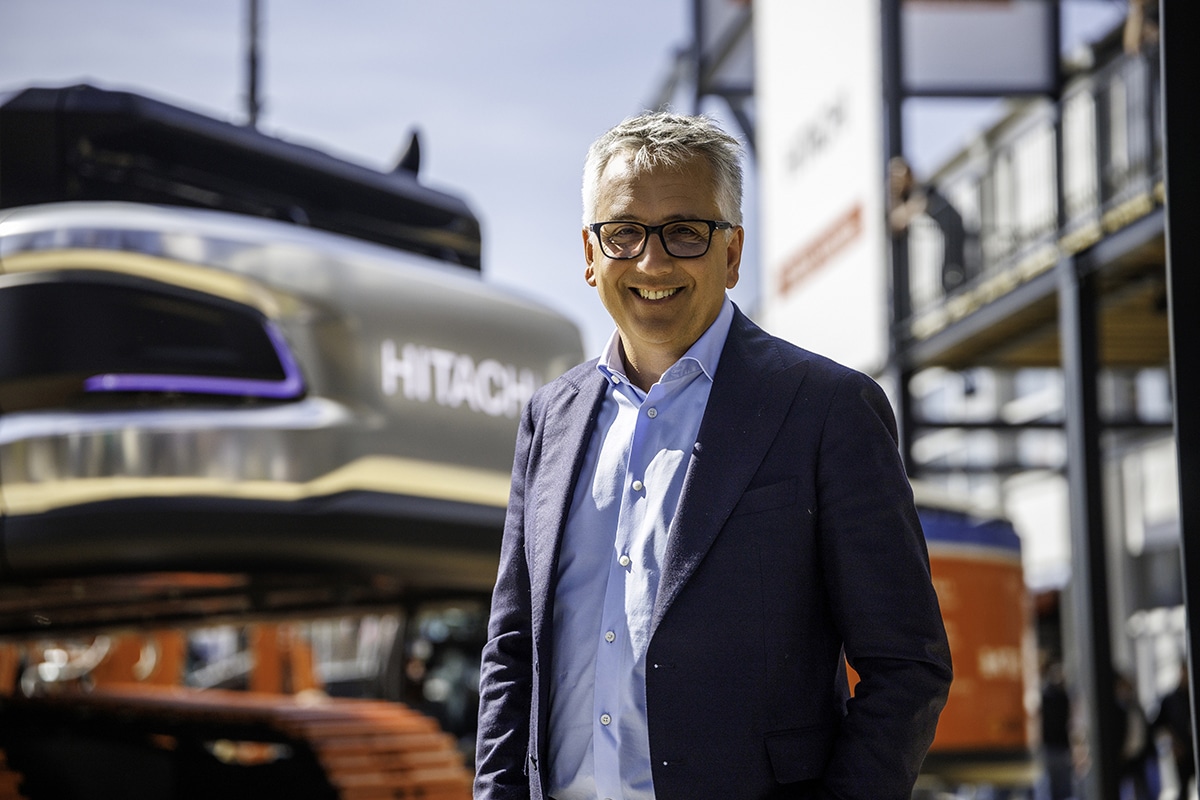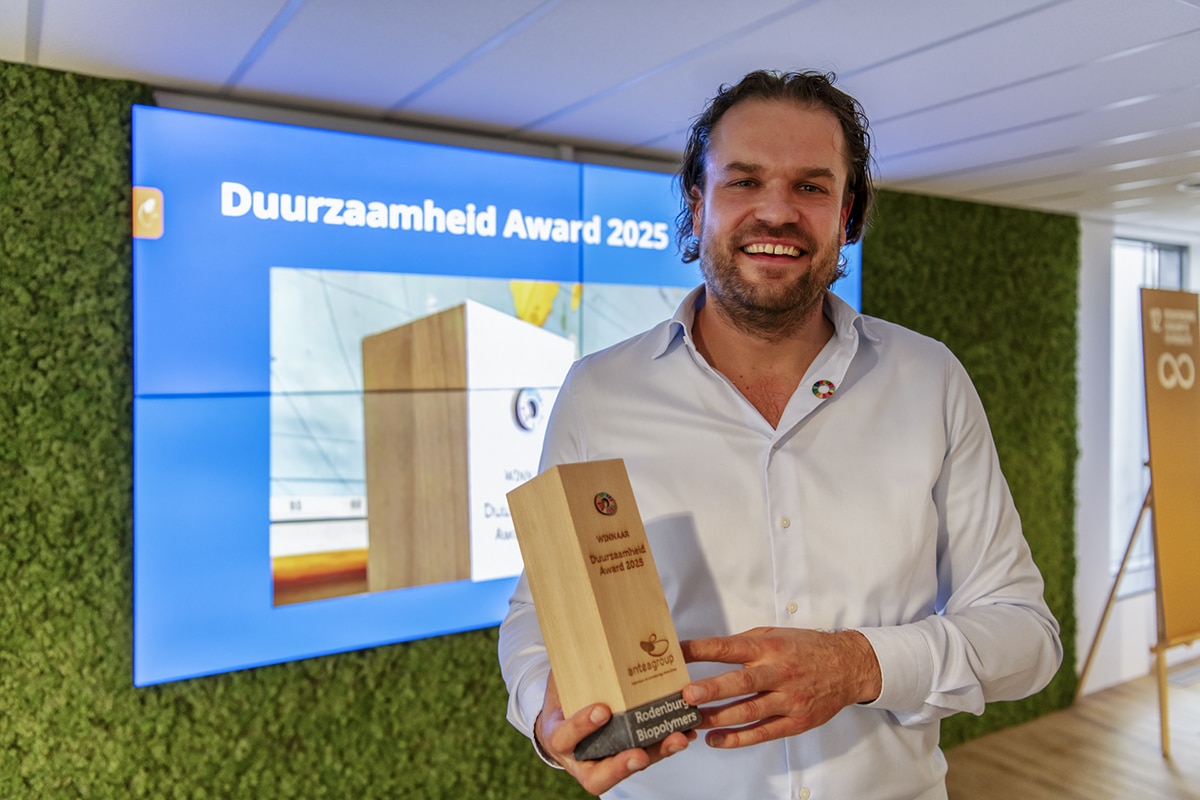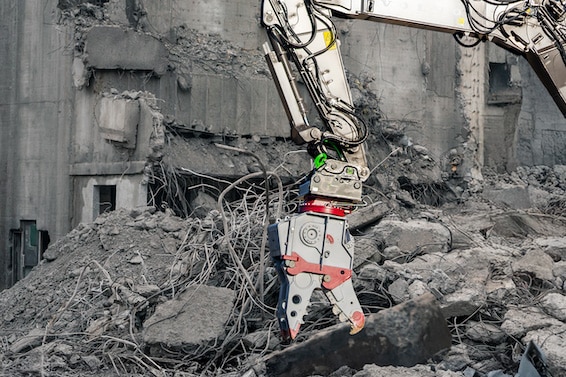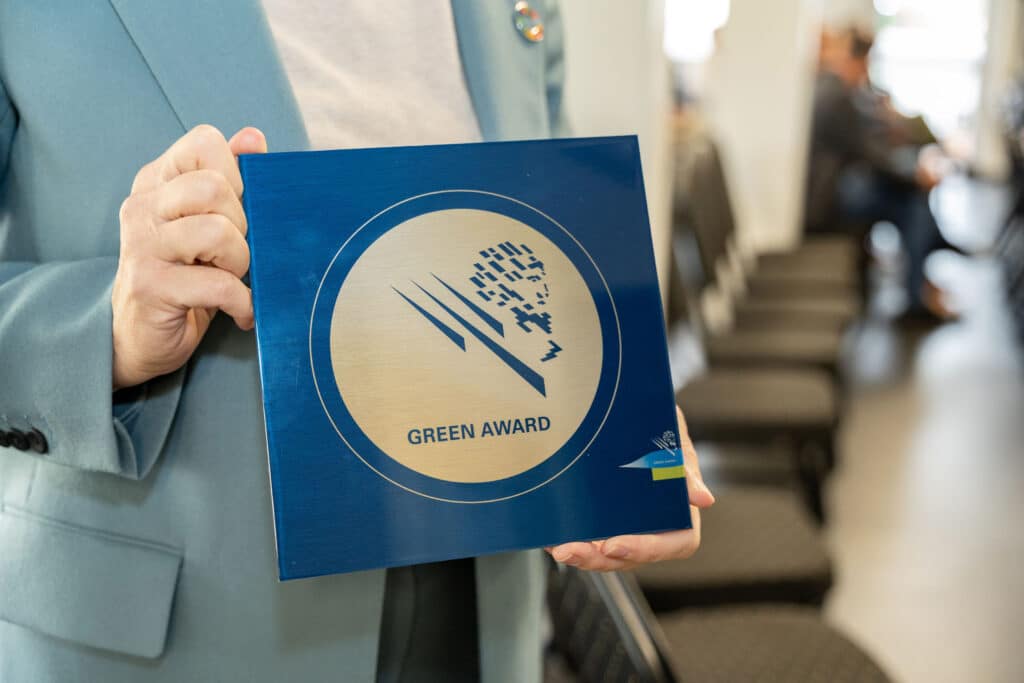
Netherlands' first fully Zero Emission wire crane ship is a reality
Today Van den Herik-Sliedrecht presented a special development in the field of sustainability in hydraulic engineering to the market. Van den Herik is the first to have a wire crane ship that runs entirely on batteries charged by hydrogen fuel cells. The ship, the ‘Prins 6’, has been designated as a ‘Leader’ by the Directorate-General for Public Works and Water Management from the transition path Coastline Care and Fairway Maintenance, with which the Directorate-General for Public Works and Water Management is pushing sustainability in the field.
During an informational event, about 100 interested industry members got a closer look at the ship and the hydrogen setup.
From Prince 6 to Prince ZEs
The existing crane ship ‘Prince 6’ has been transformed to Zero Emission. This means not only that the ship operates with an electric crane, but also runs on batteries. The ship is charged by converting hydrogen into electricity without combustion.
Key changes:
2 Megawatt hours (MWh) of battery capacity in the side mounts: enough for a full working day. Charging can be done via powerlocks or CCS2 plugs.
Hydrogen cell generator (H2 cells): a compact 10-foot container (3 x 2.6 x 2.5 m) with a capacity of 3,600 kWh per day.

No little boy
What makes this project unique is the size of the energy requirements combined with the fact that the ship has a very large working area. The batteries installed in the ship have a combined capacity of 2 MWh. If the batteries are completely empty, they can be fully recharged in 12 hours using the hydrogen fuel cell generator, after which the Prins ZEs can sail and work electrically for an entire working day!
“As a family business, we think it is important to invest in new technologies with an eye to the future, for ourselves and for the generations to come. We want to show that sustainability is possible, even in a sector that traditionally uses a lot of energy. Innovation does require guts. If you want to be a frontrunner you have to stick your neck out and run into bumps, we are glad that Rijkswaterstaat supports us in this.” Isolde Struijk - Director Van den Herik-Sliedrecht
Hydrogen powerhouse
Because there is not yet a network of charging points along the waterways, Van den Herik has developed a compact 10-foot hydrogen fuel cell generator in-house.
Despite its size, this is truly a powerhouse; capable of generating and delivering as much as 3,600kWh per day of power. By comparison, this container, with a battery, could permanently power a neighborhood of 400 homes.
The hydrogen fuel cell generator is placed on shore, along with a trailer containing hydrogen stored under high pressure (up to 381 bar). The hydrogen then enters the fuel cell, converts it into electricity and delivers it to the batteries aboard the ship.
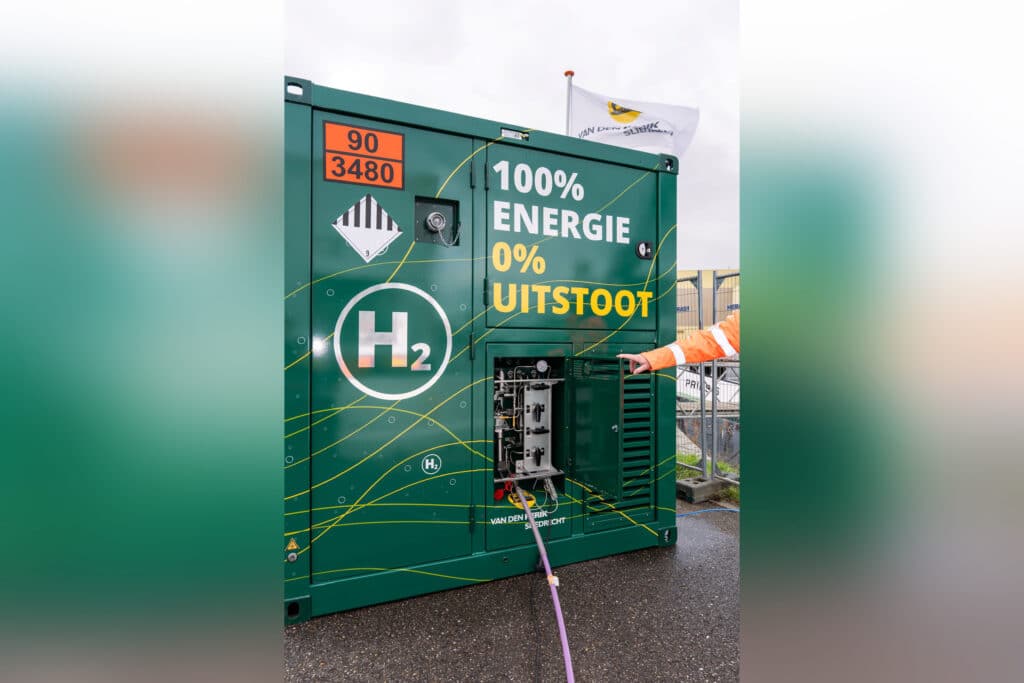
Leader in fairway maintenance
In our sector, Rijkswaterstaat works with frontrunner projects: initiatives in which they work with market parties to put new sustainable solutions into practice. The Prince ZEs is a great example of this.
“Forerunner projects such as the Prince ZEs show that sustainability in hydraulic engineering becomes feasible when government and market pull together. Together with the market, we not only maintain our infrastructure, but also make it future-proof.” Roger Mol, Chief Engineer-Director Sustainability and Environment and Chief Procurement Officer of the Department of Public Works
In doing so, Rijkswaterstaat offers room for innovation within contracts and using SEB funds (Clean and Emission-free Building), sustainable choices become financially feasible. In this way, parties can experiment, learn and scale up. The insights are widely shared with clients and contractors. In this way, frontrunners help the entire sector move forward toward emission-free construction.
Two times Platinum
Finally, we are proud to announce that the Prins ZEs has been objectively rated by Green Award. They have certified it with a Green Award Gold certificate with the Green Award Platinum Label Propulsion and the Green Award Platinum Label Operations attached.
The “Prince ZEs” is the very first ship to receive 2 platinum labels.
